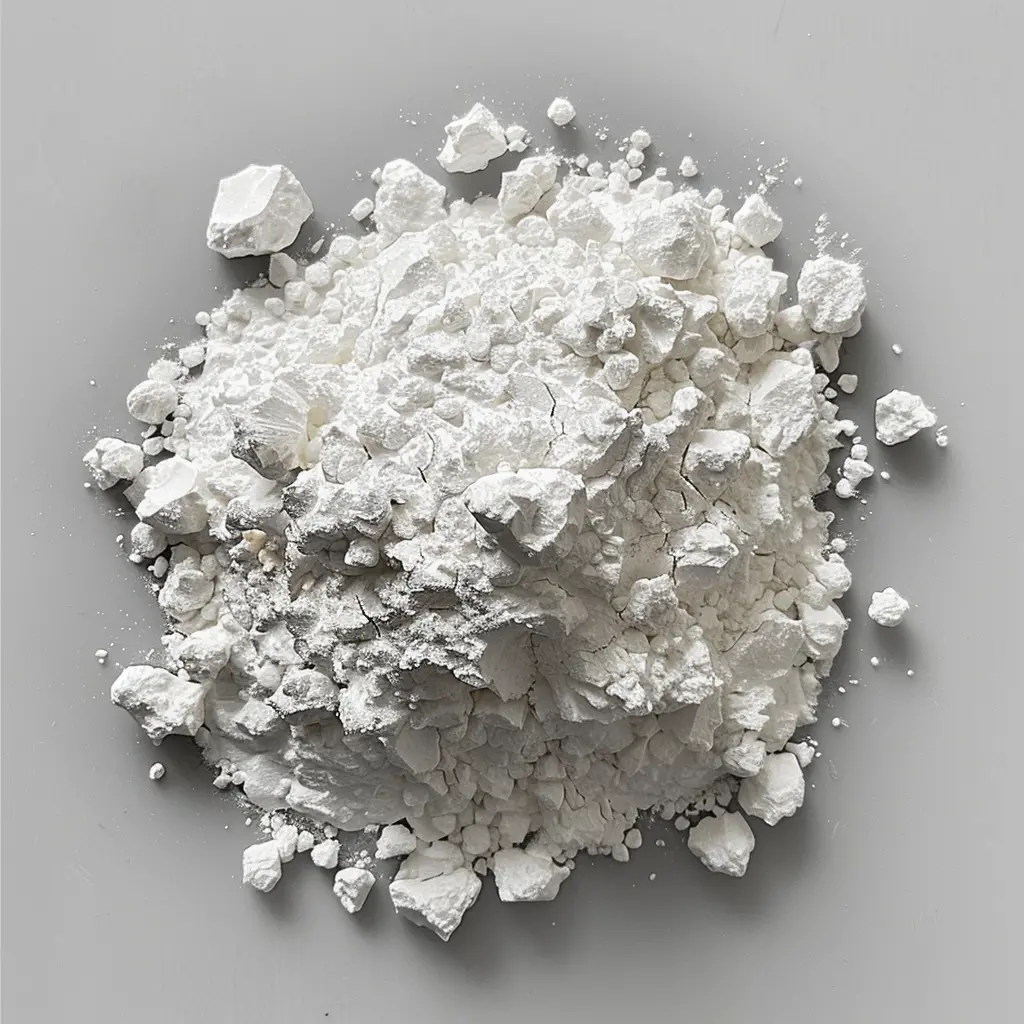DBS plasticizers have emerged as a modern alternative to traditional plasticizers in the polymer industry. They are designed to enhance the performance of polymer products while minimizing their environmental impact. This article explores the key differences between DBS plasticizers and their traditional counterparts.
2.jpg)
DBS plasticizers demonstrate superior flexibility and performance characteristics compared to traditional options. They provide better processing stability and enhanced durability, making them suitable for a wider range of applications.

One of the significant advantages of DBS plasticizers is their reduced environmental footprint. Unlike traditional plasticizers, DBS alternatives are derived from sustainable sources and exhibit lower toxicity levels, contributing to a lesser environmental impact.
.jpg)
DBS plasticizers are finding applications in various segments of the polymer industry, including adhesives, coatings, and sealants. Their versatility and favorable performance make them an attractive choice for manufacturers aiming to innovate and improve product quality.
In summary, the comparative study of DBS and traditional plasticizers highlights the advantages offered by DBS, making it a viable solution in modern manufacturing and materials science.
